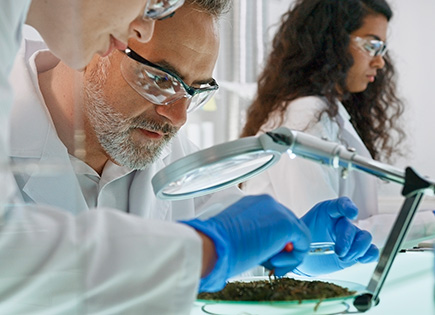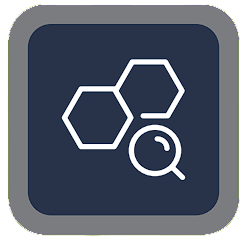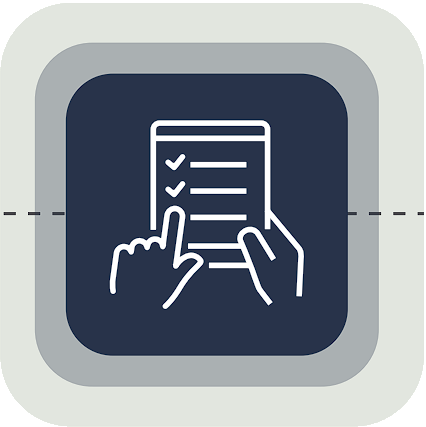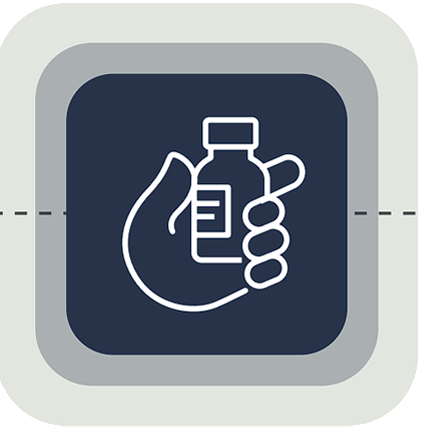Actionable Data, to help you grow the highest quality products on the market. Our Actionable Data helps our customers achieve regulatory compliance, more predictable business outcomes.
Learn MoreConsistent Results, to ensure more compliance and less consumer risk. ACT Lab stands by our quality credo that what’s on the label is in the product.
Learn MoreTrusted Partners, growing industry excellence, collaboratively. Integrity and customer-centricity are our core values.
Learn MoreTESTING & CONSULTING SERVICES
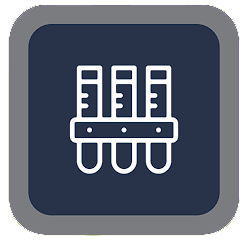
As a multi-state lab, we support clients in understanding and aligning to unique state-by-state regulatory requirements, alongside working with clients to improve their product safety, and quality through consistent results.
MULTI-STATE OPERATIONS
LOCATIONS
ACT Lab is licensed and accredited in 6 states, with expansions coming soon
WHAT OUR CLIENTS ARE SAYING
GENERAL INQUIRIES
How can we help you?


